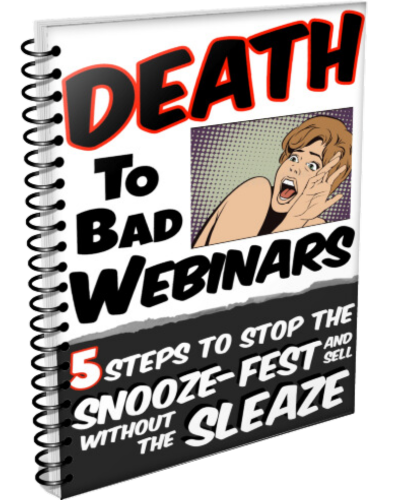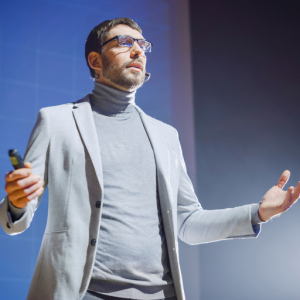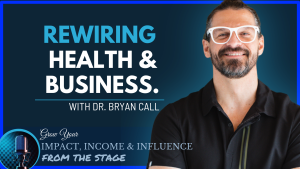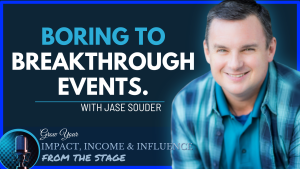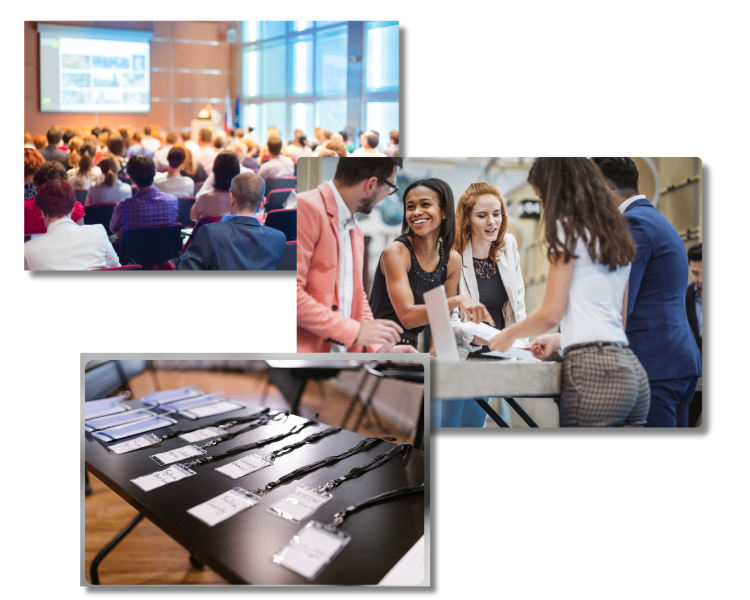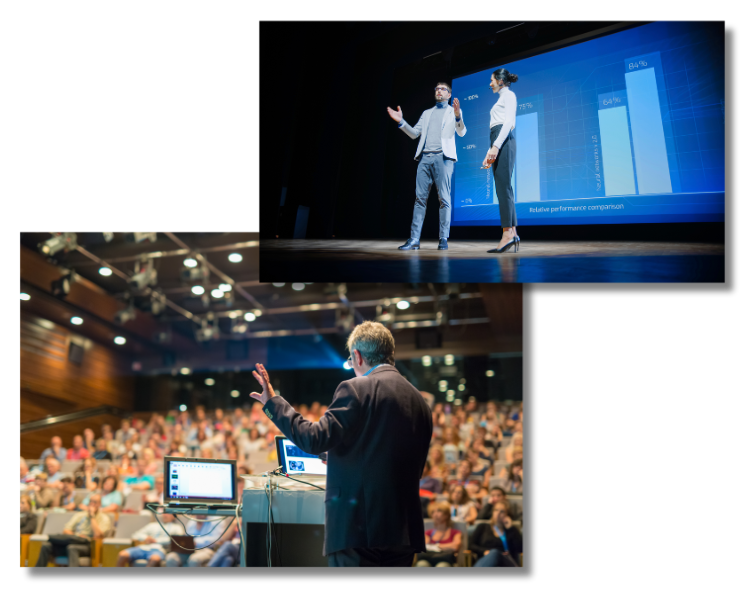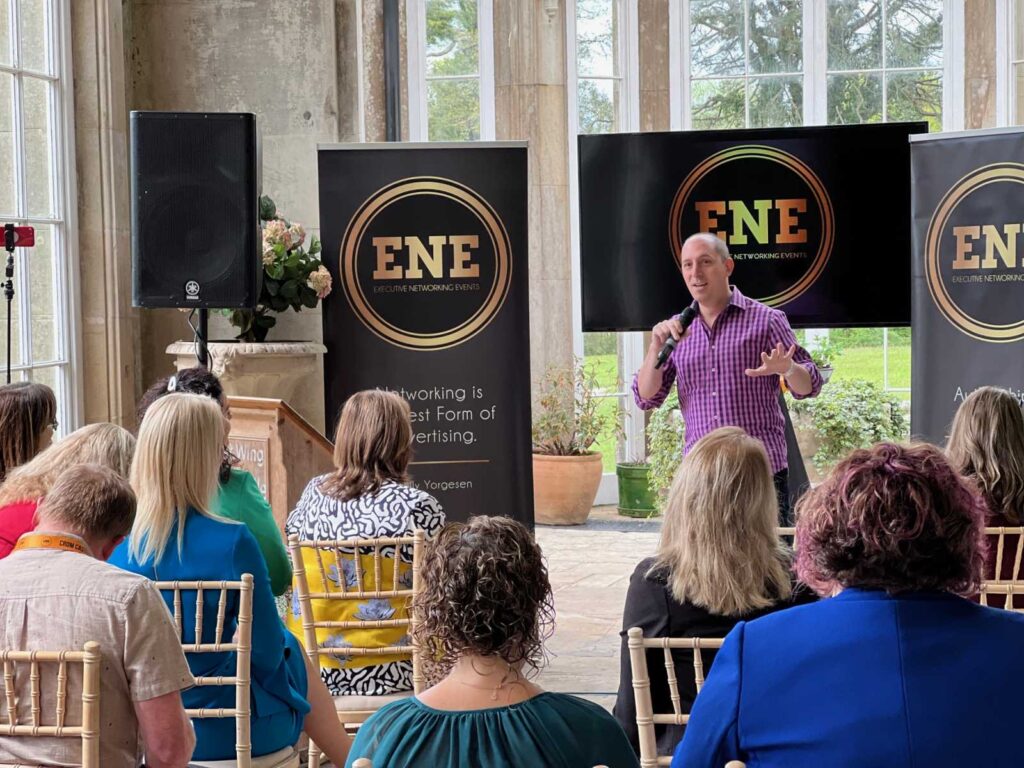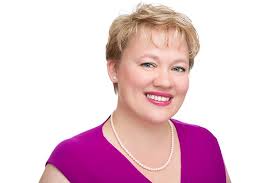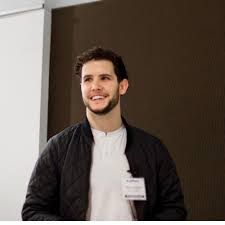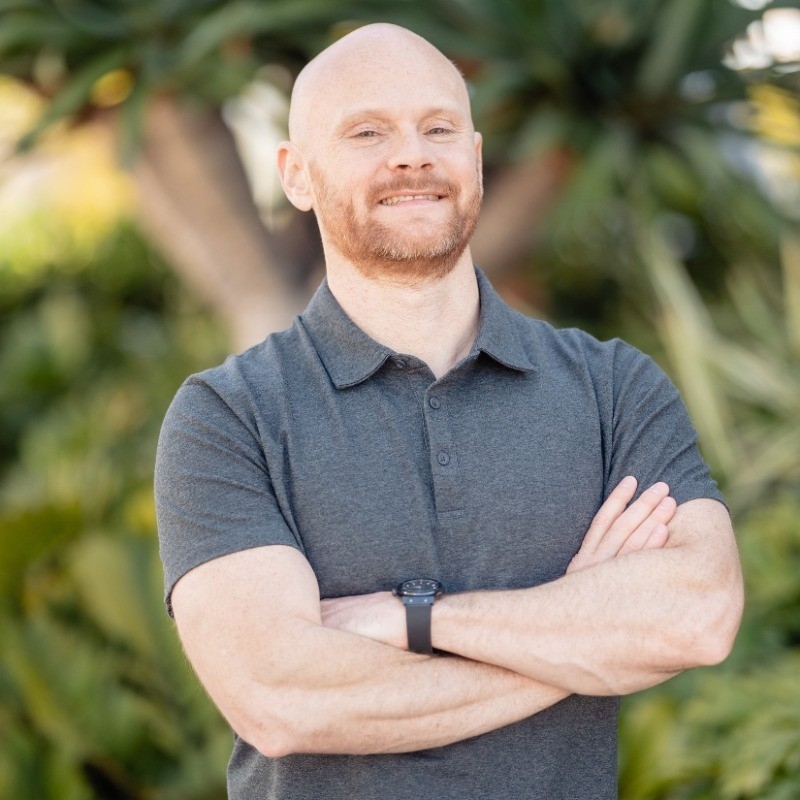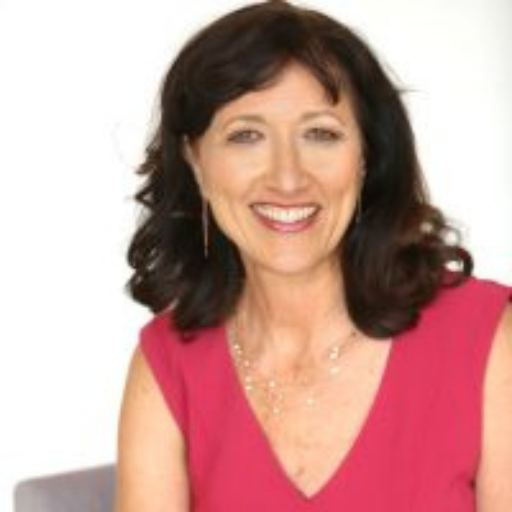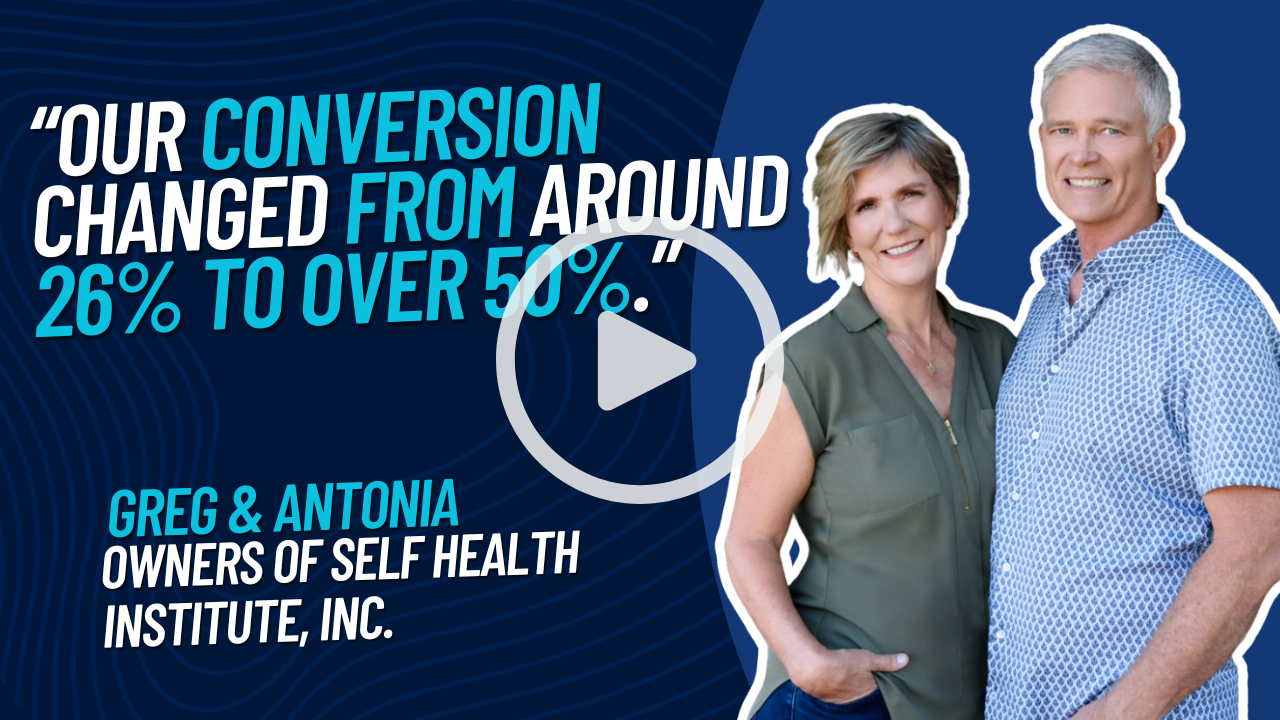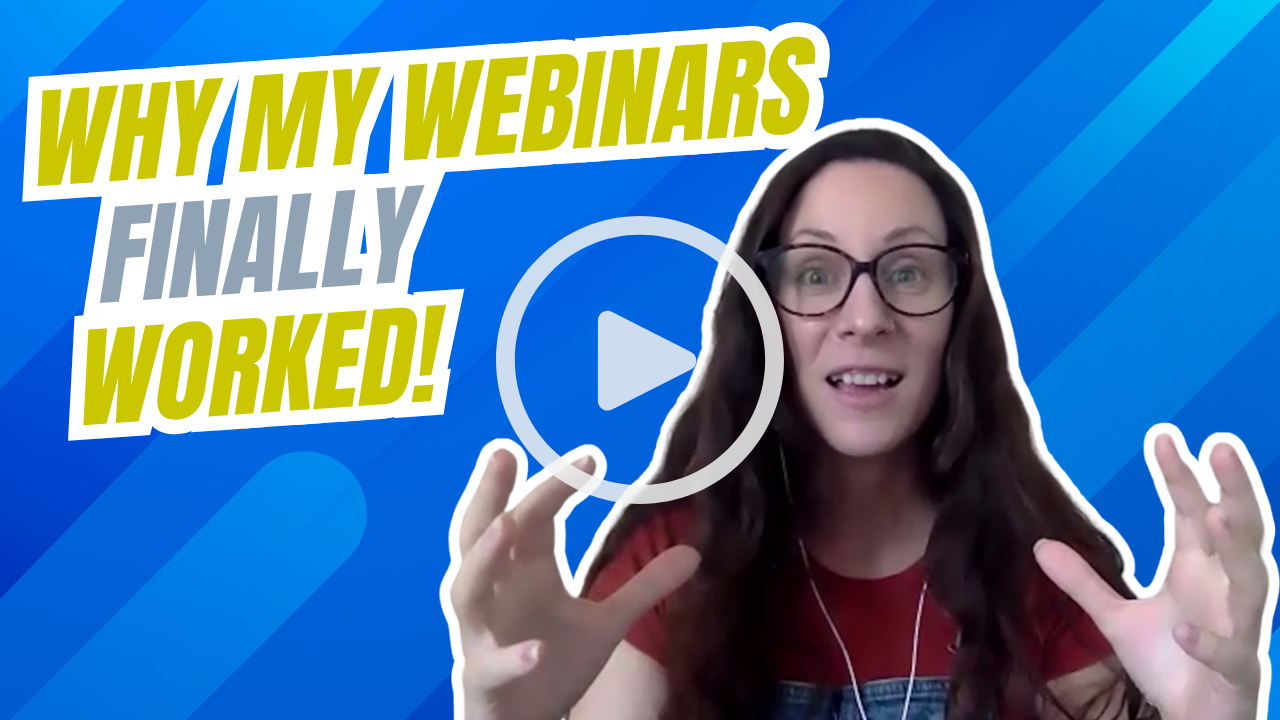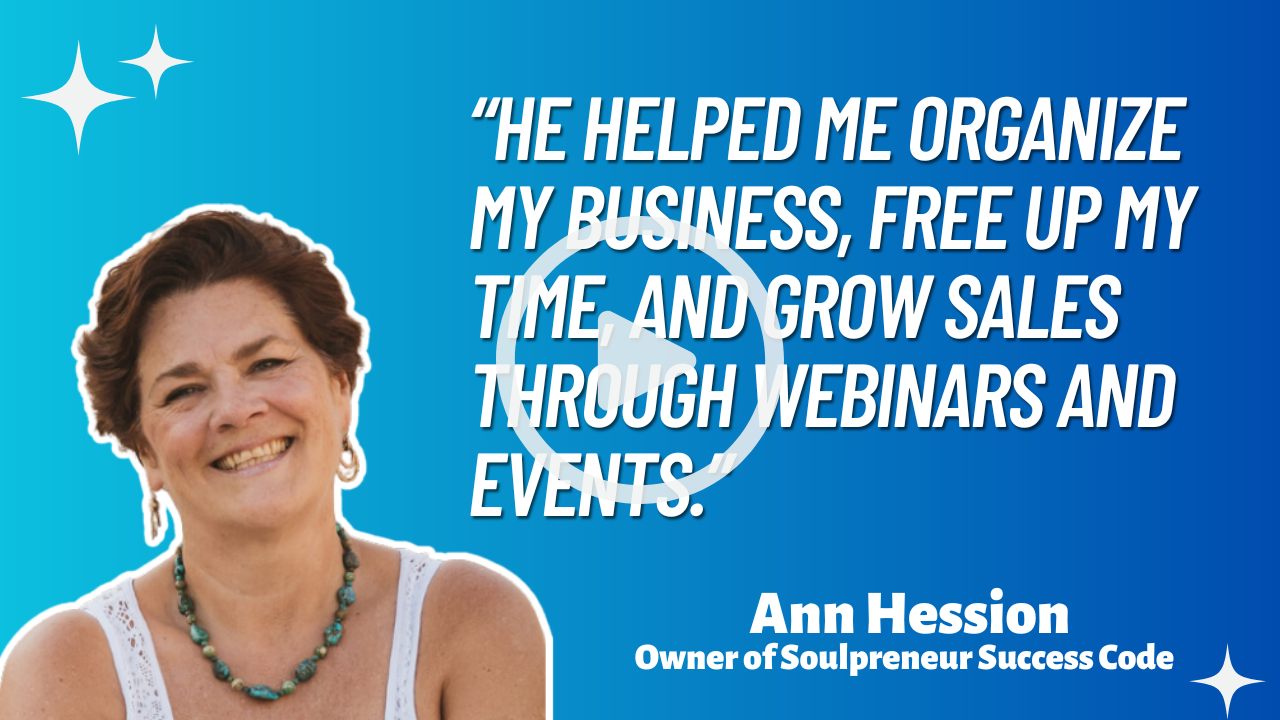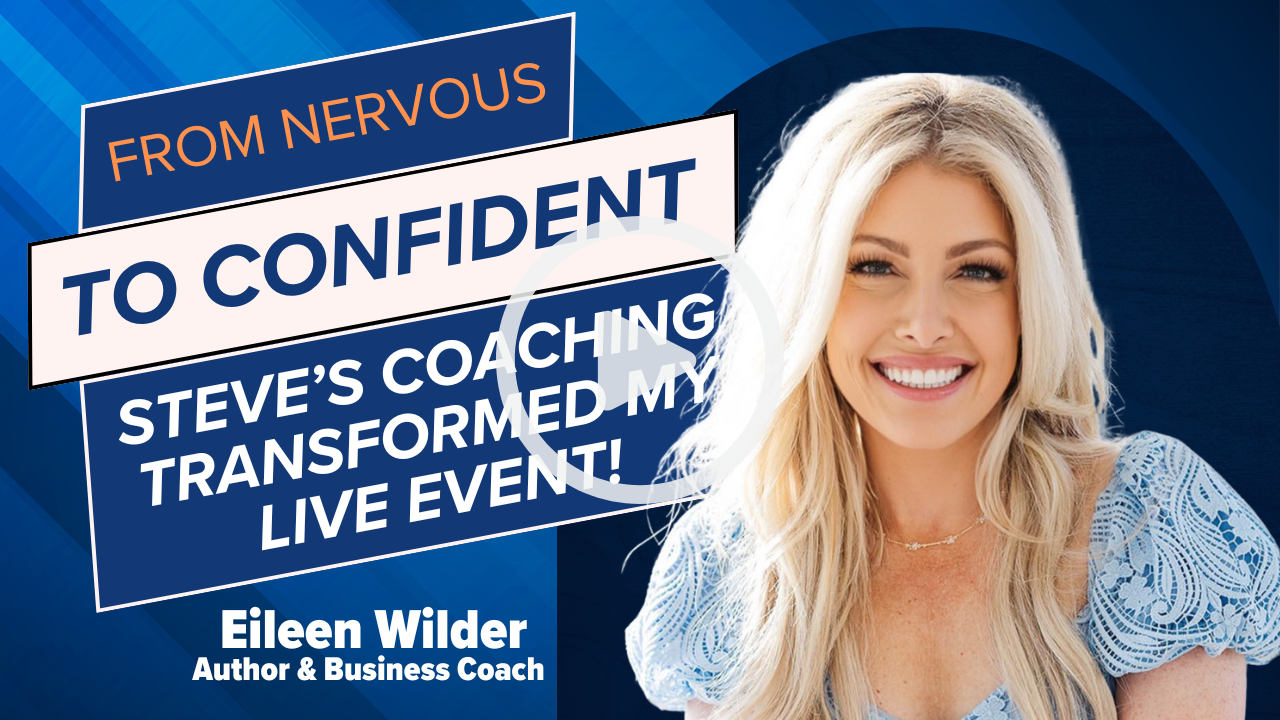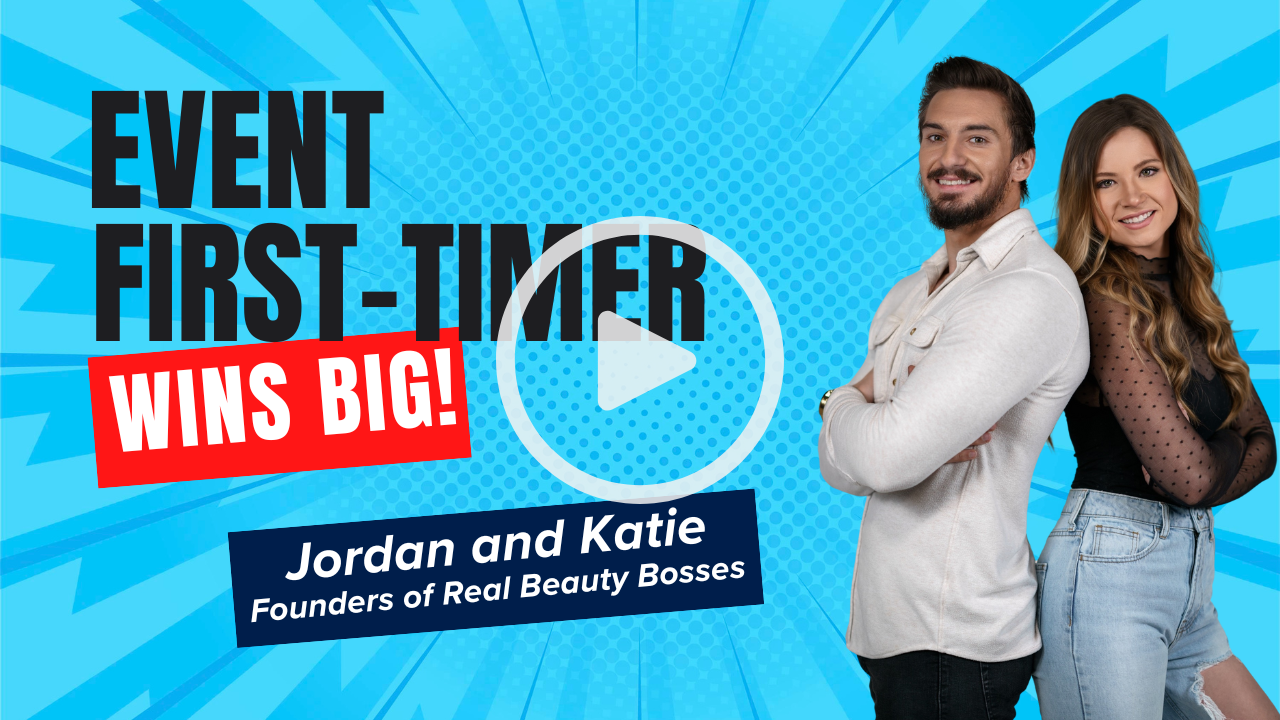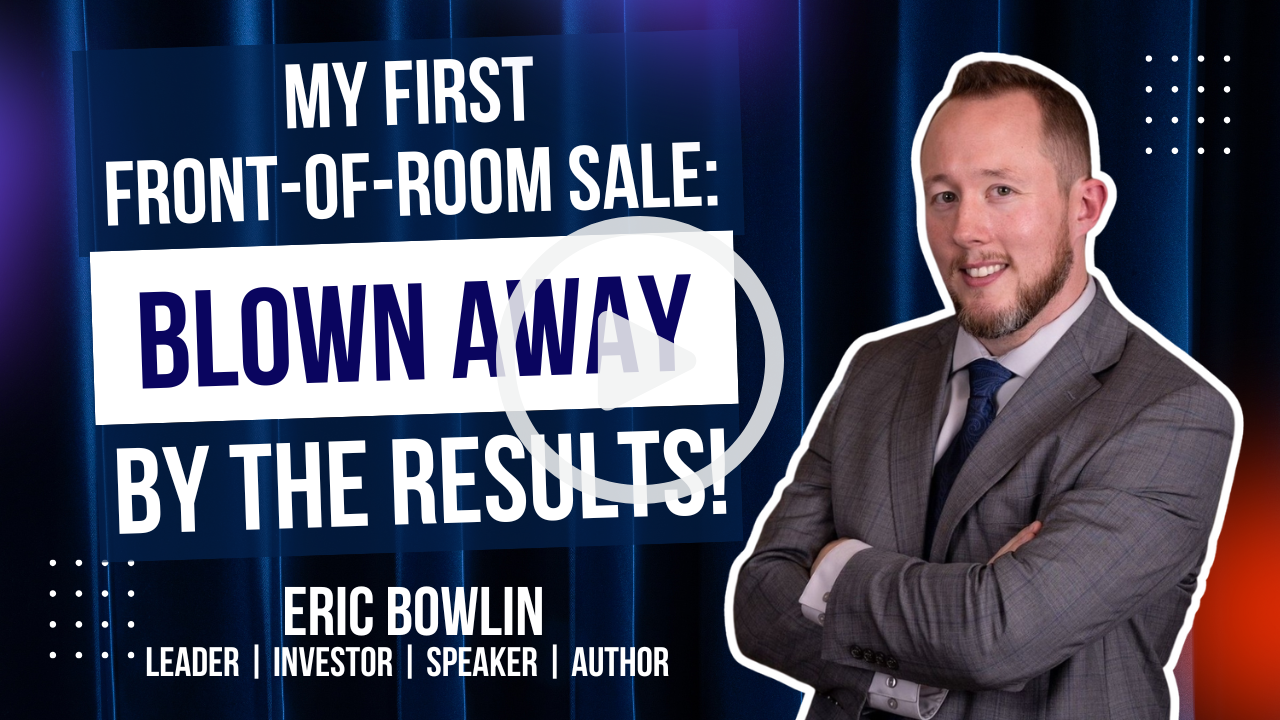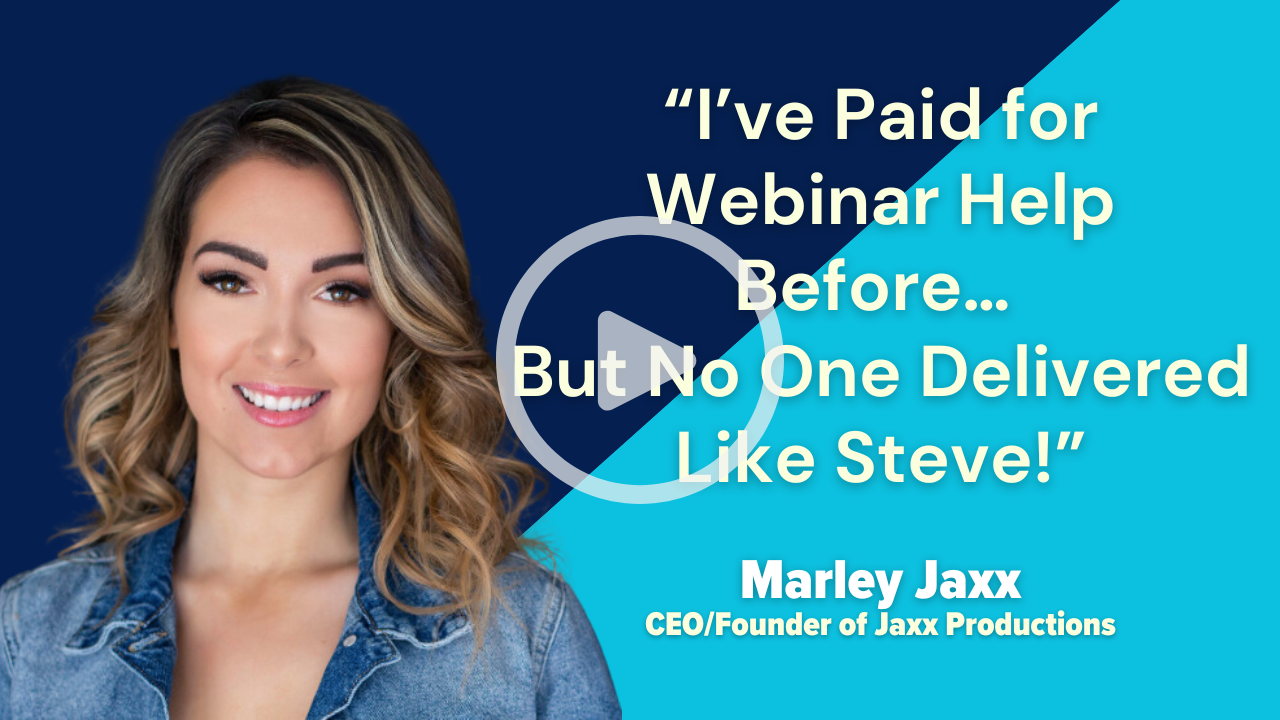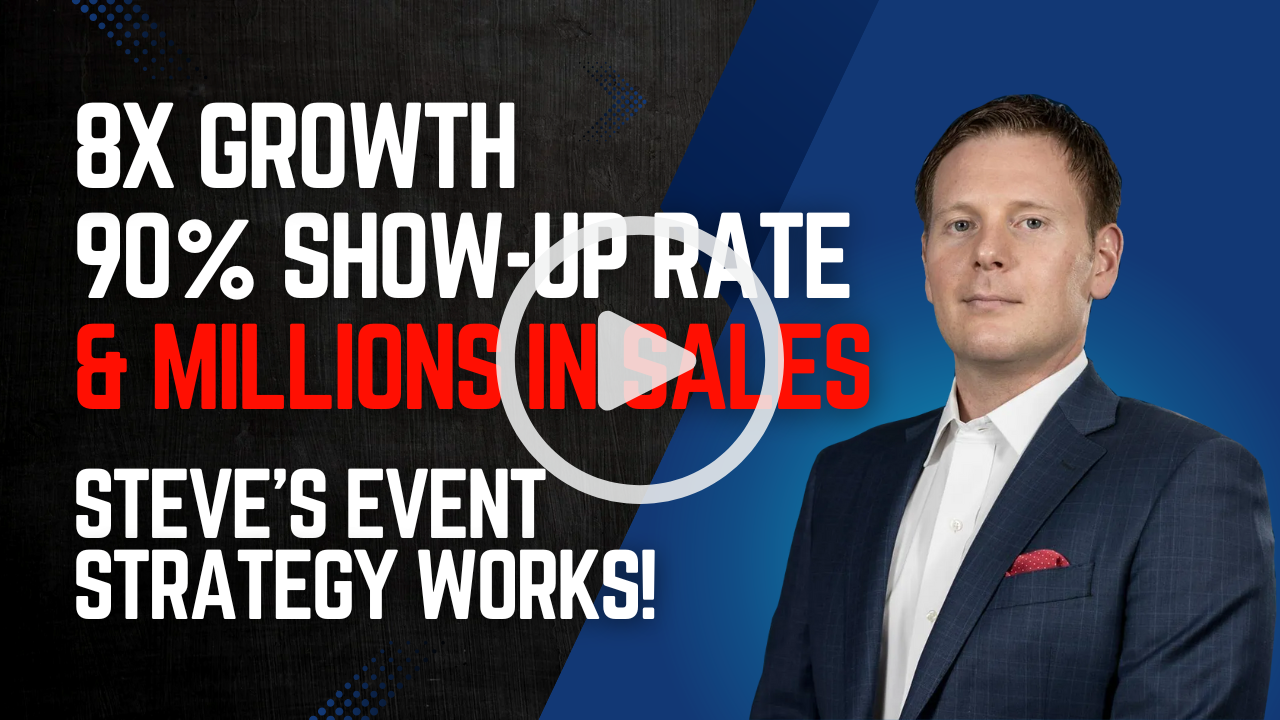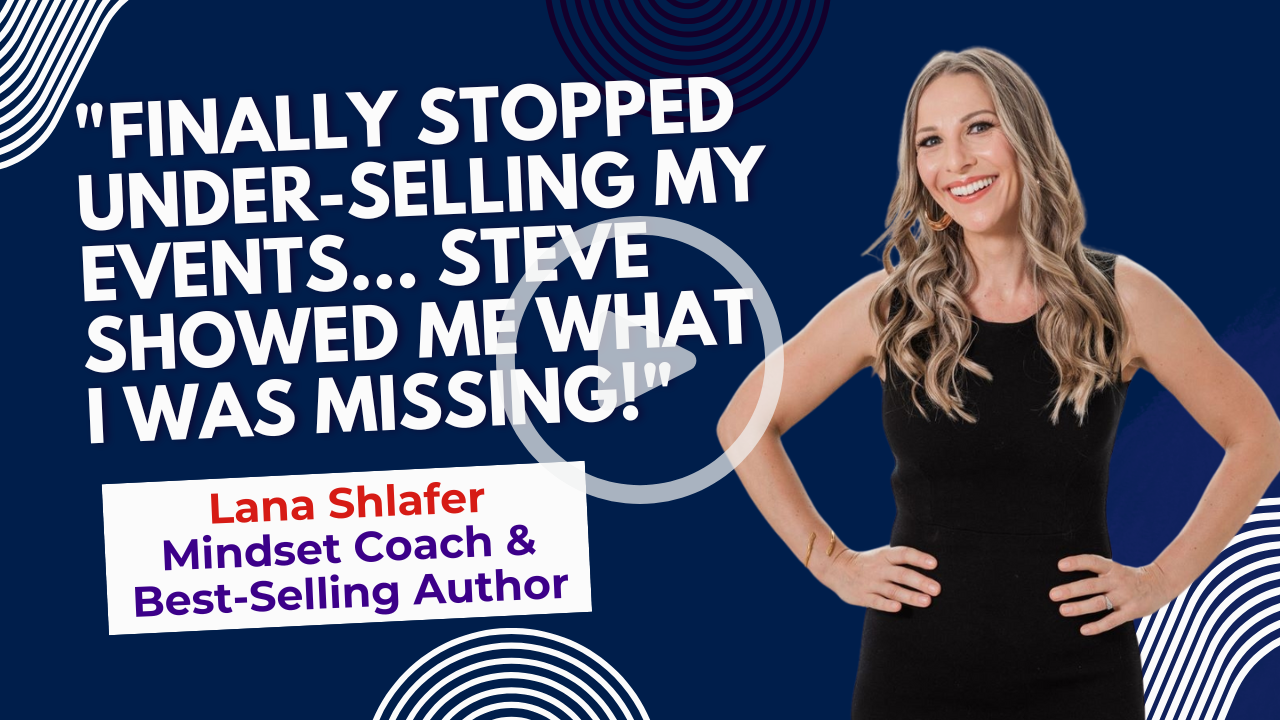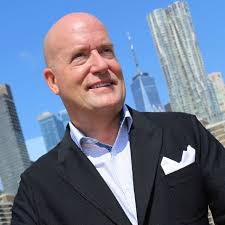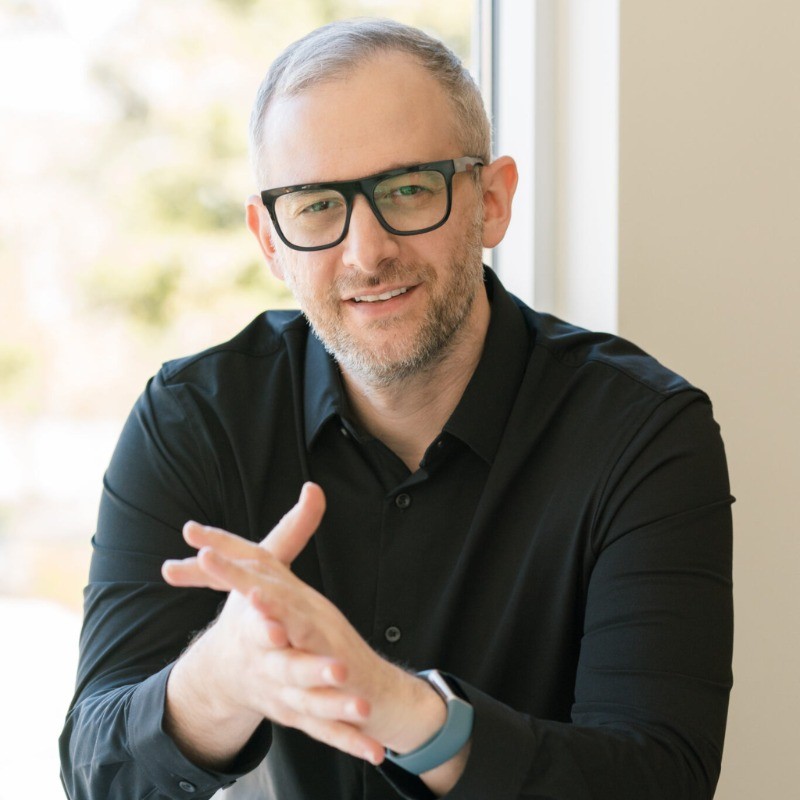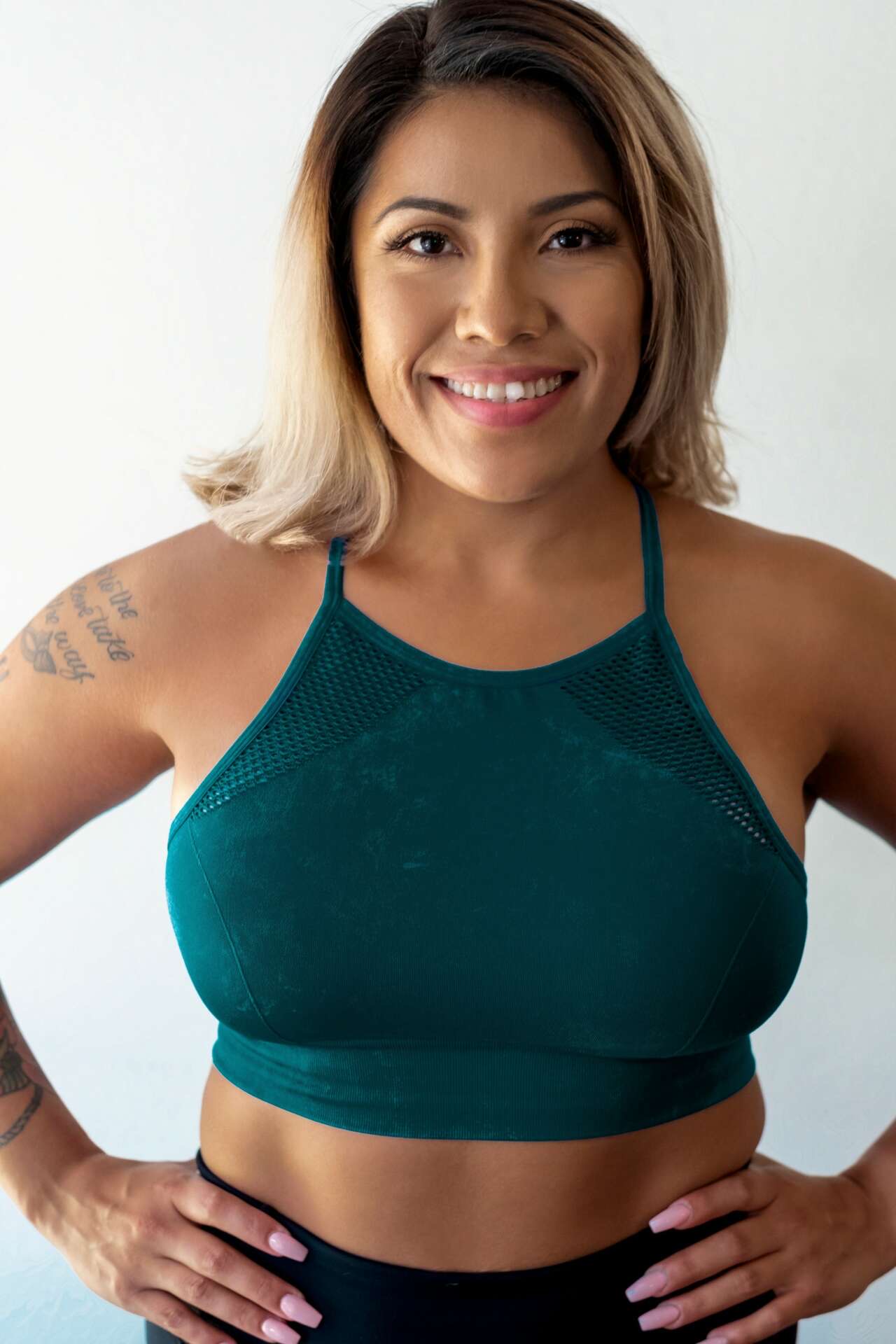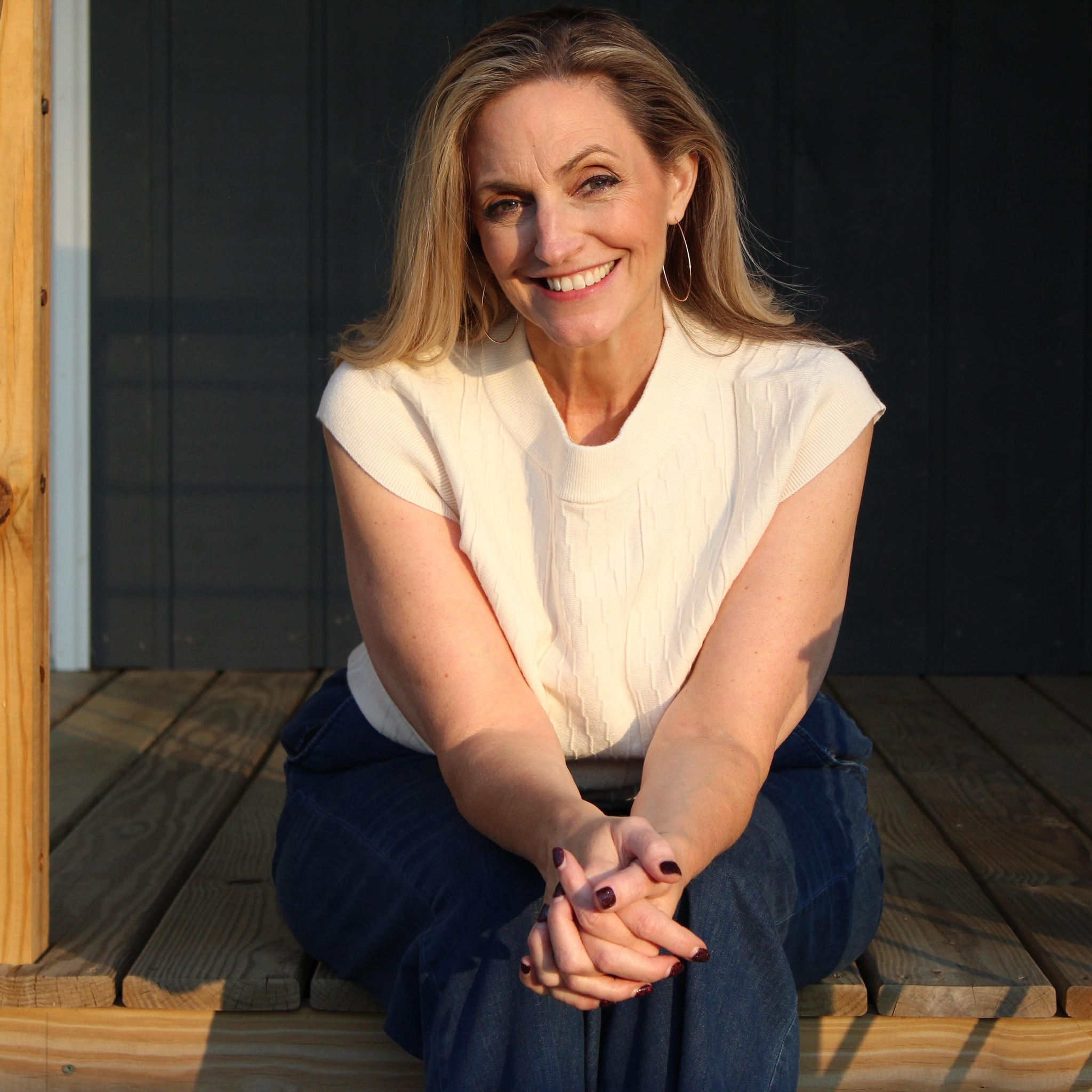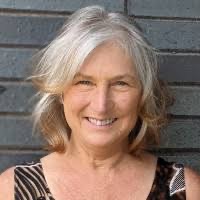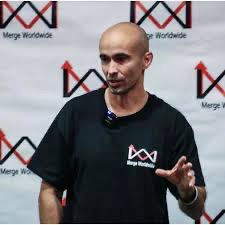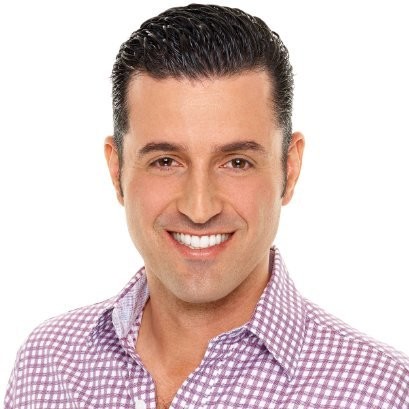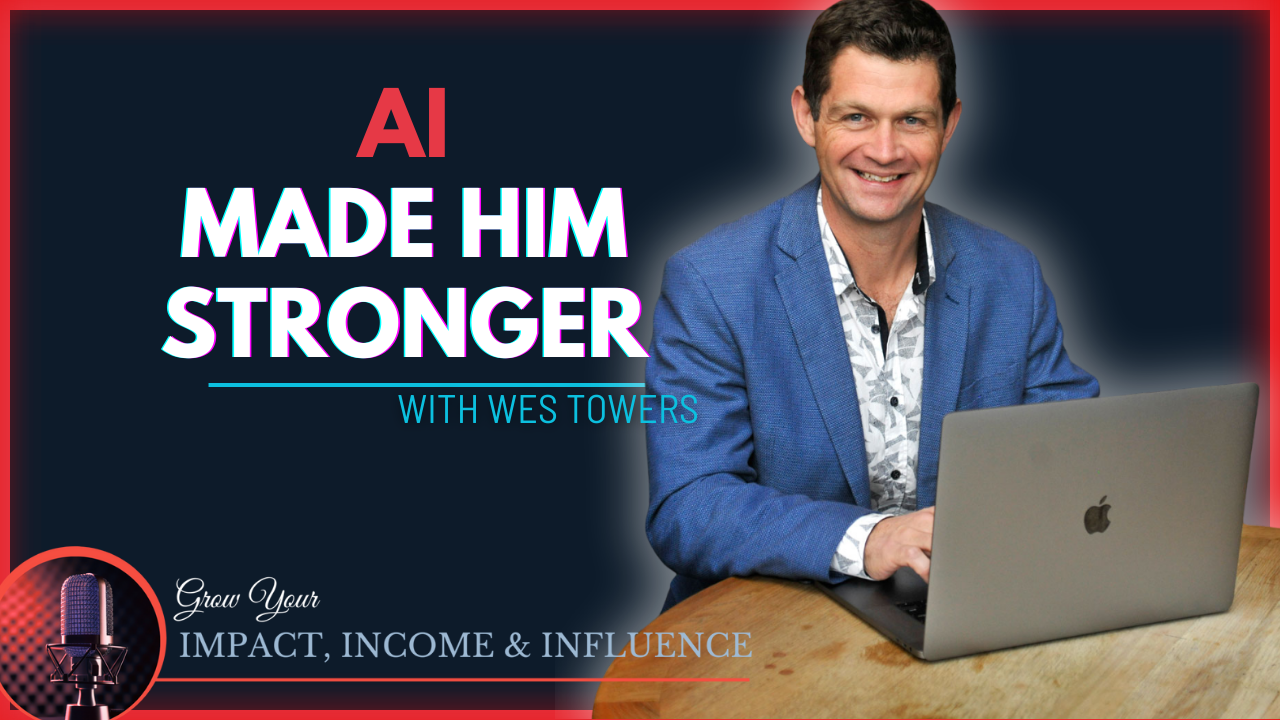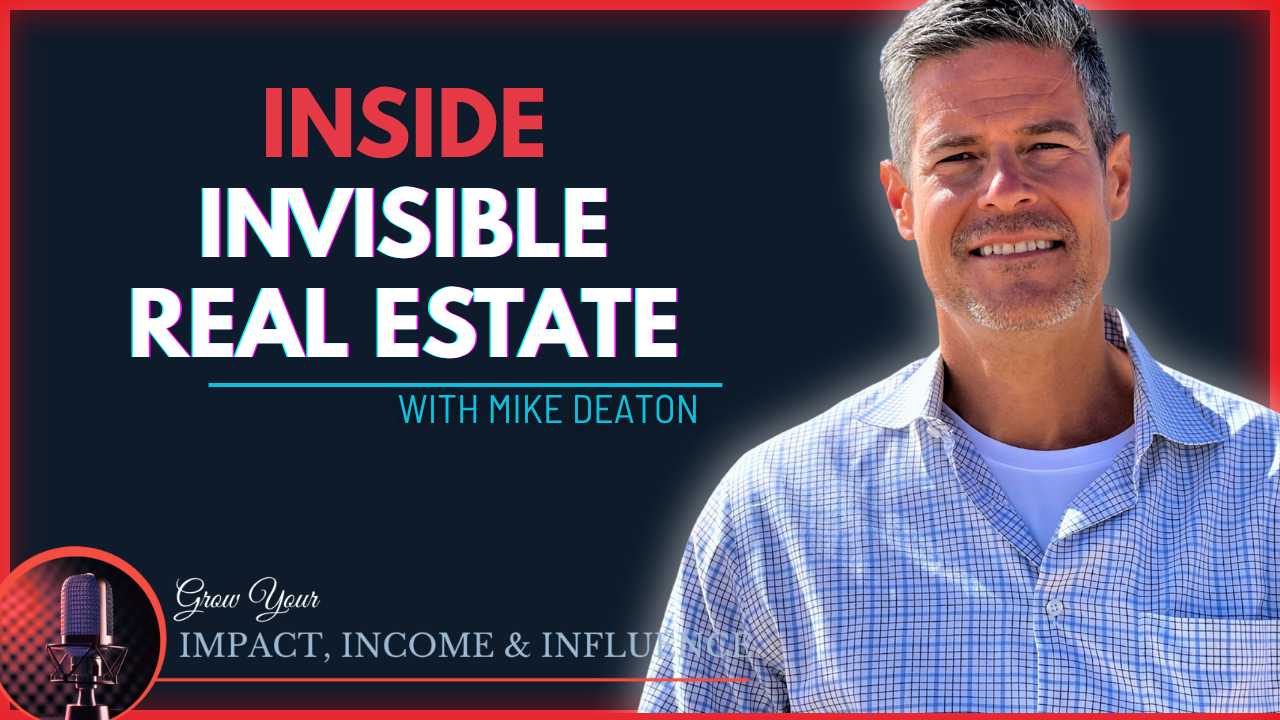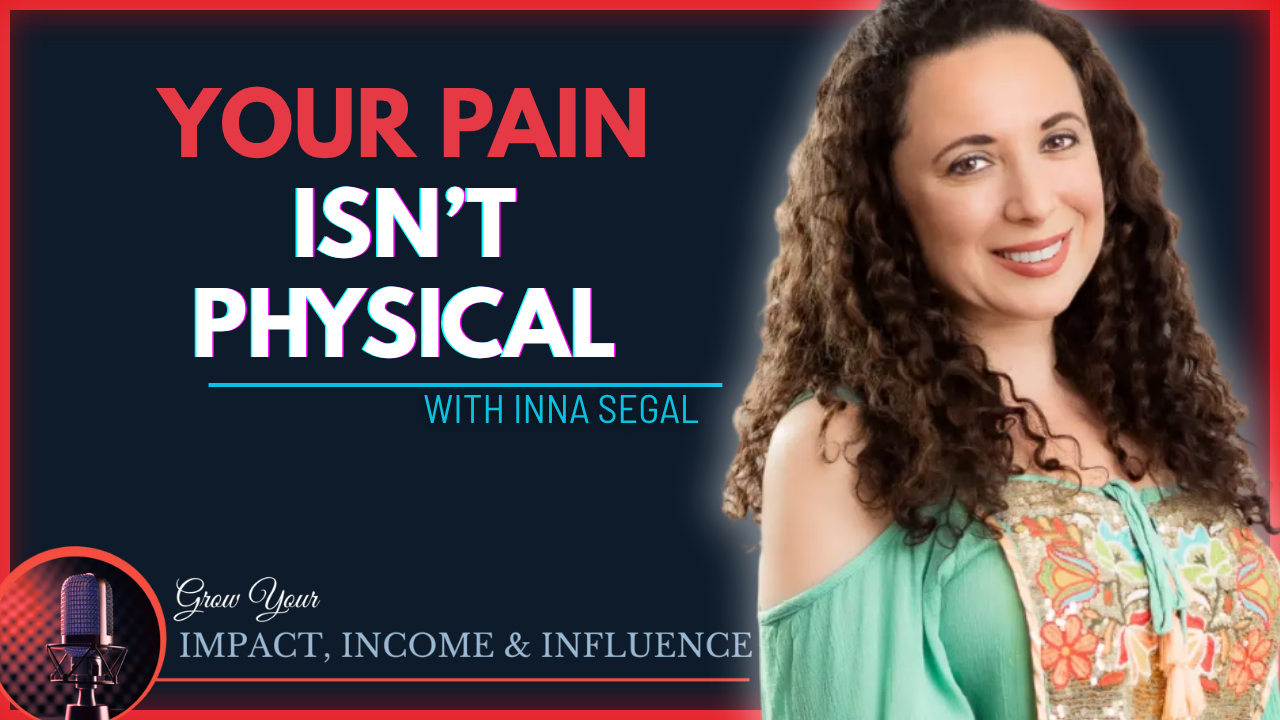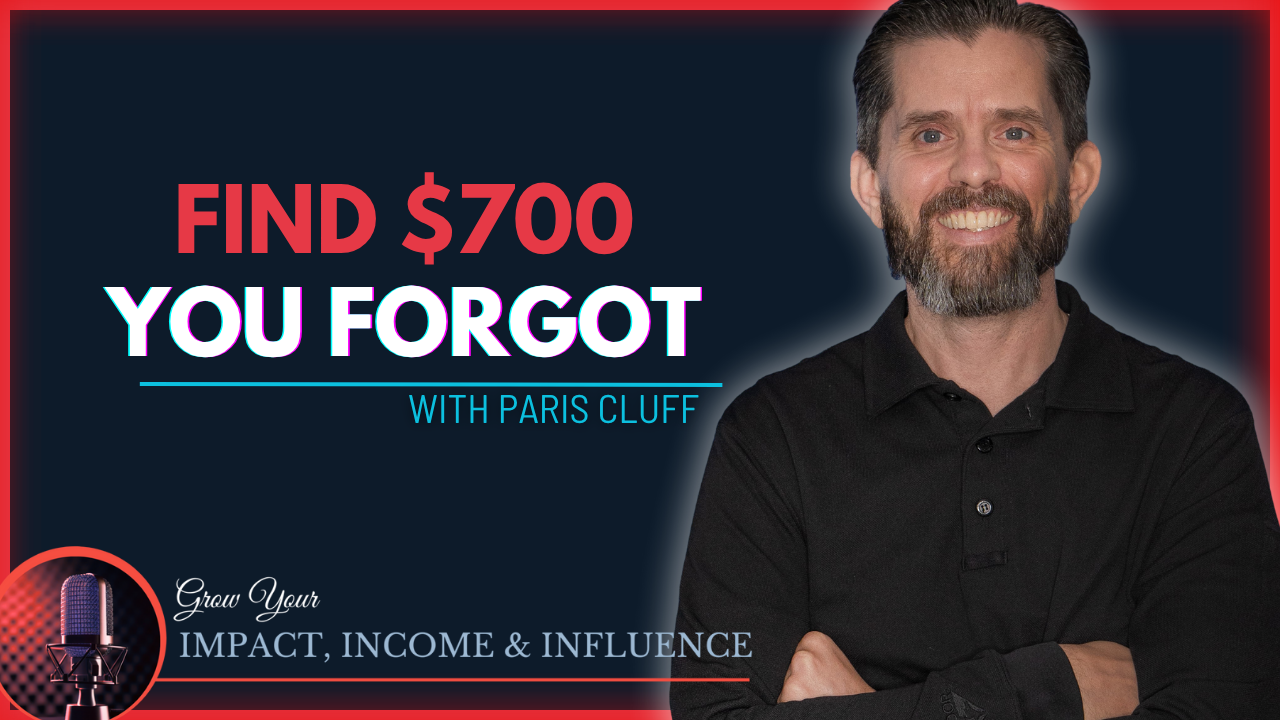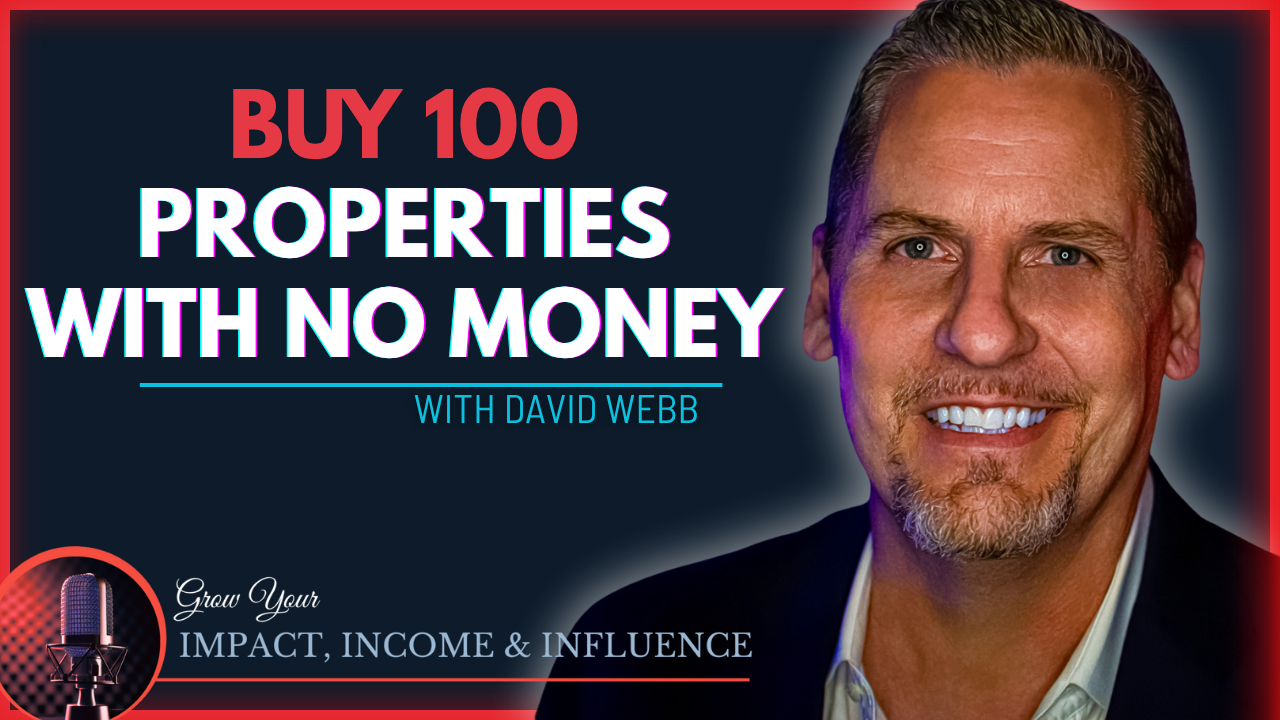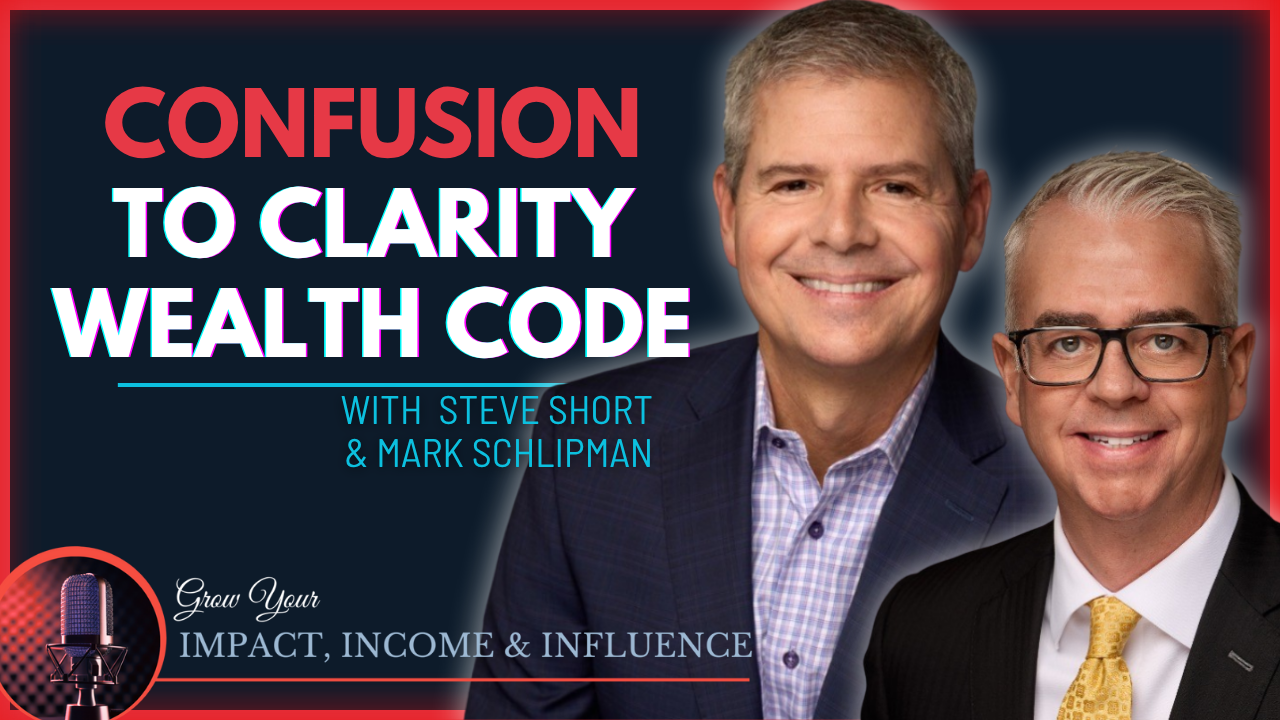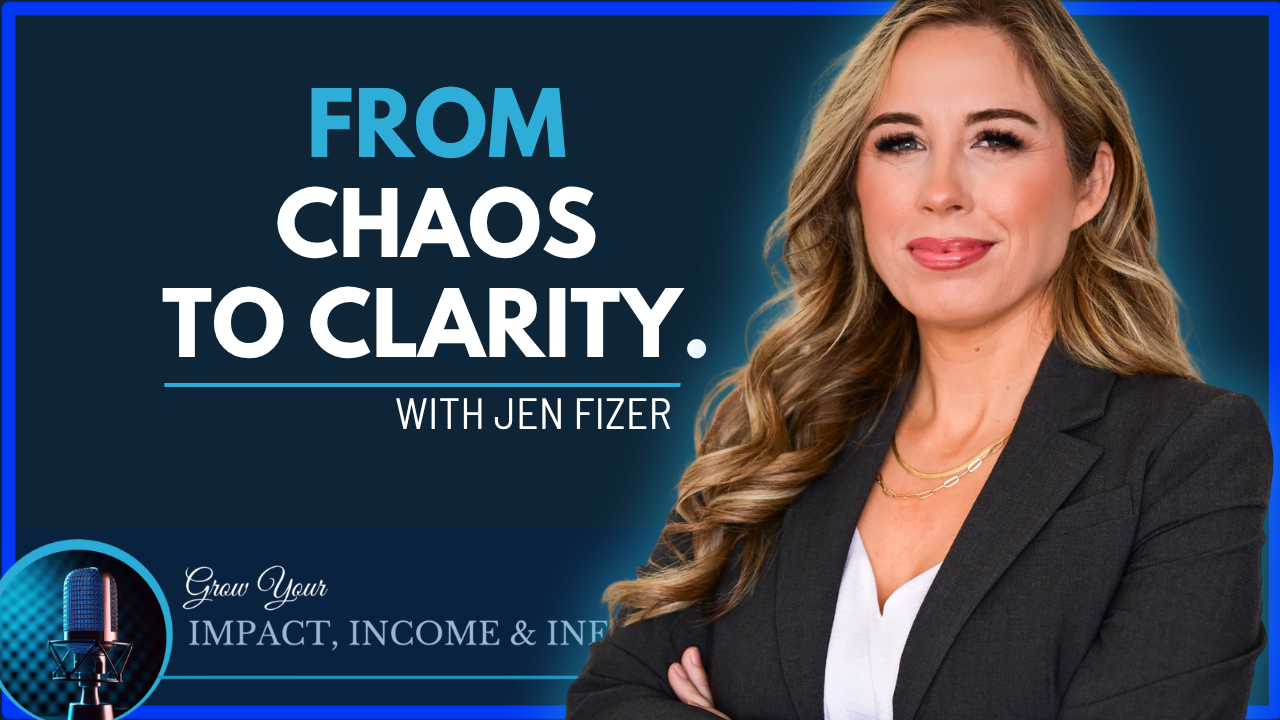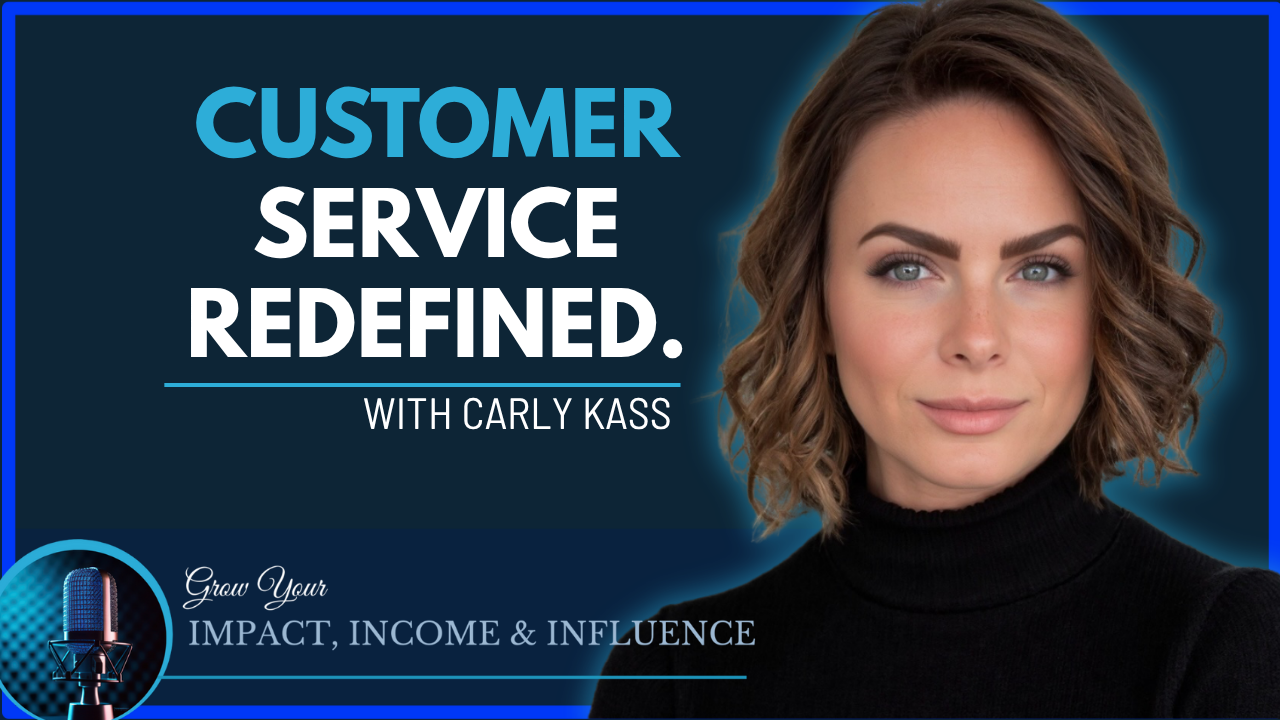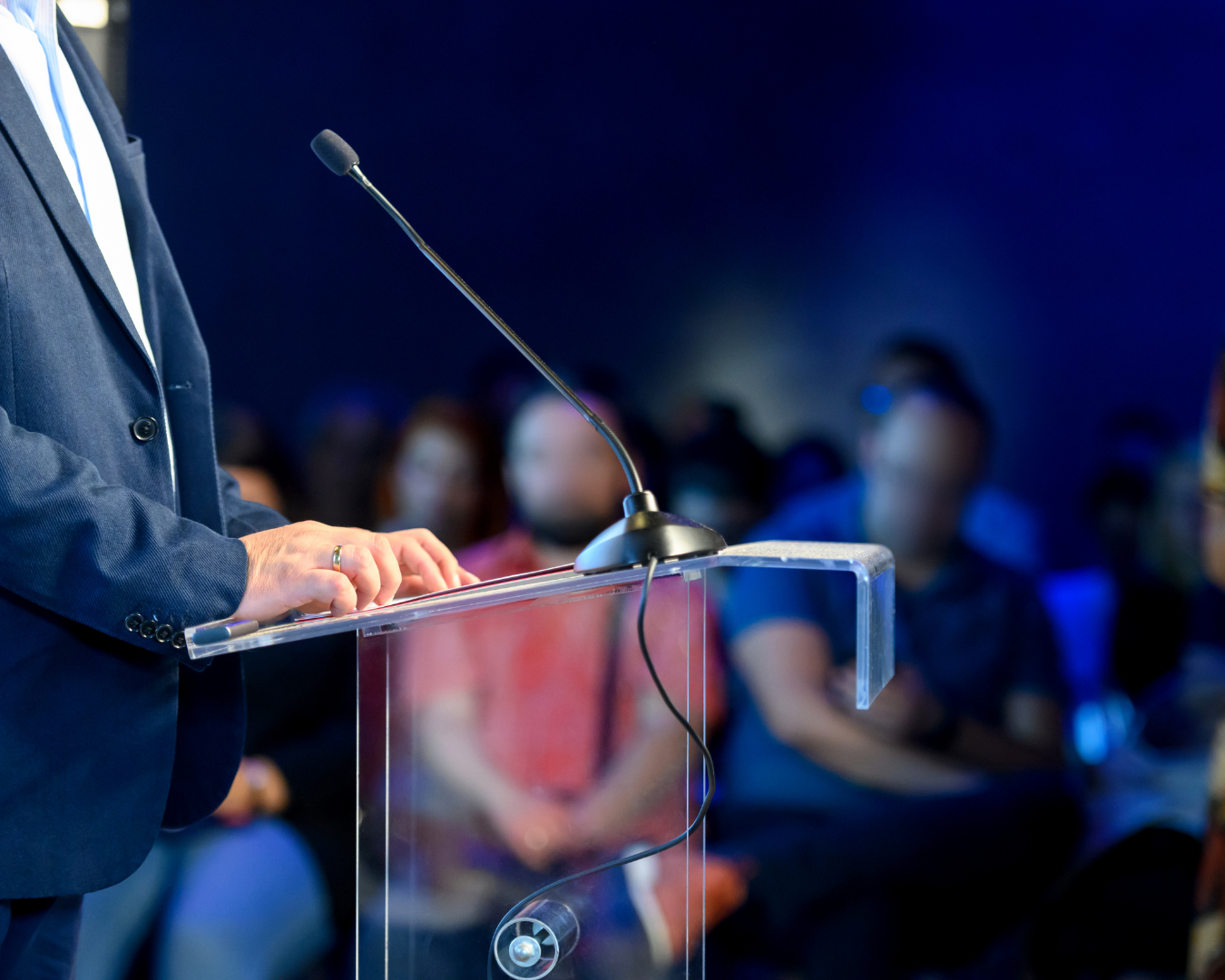If you want your event to convert, it all starts before the ads, before the emails, before the landing page.
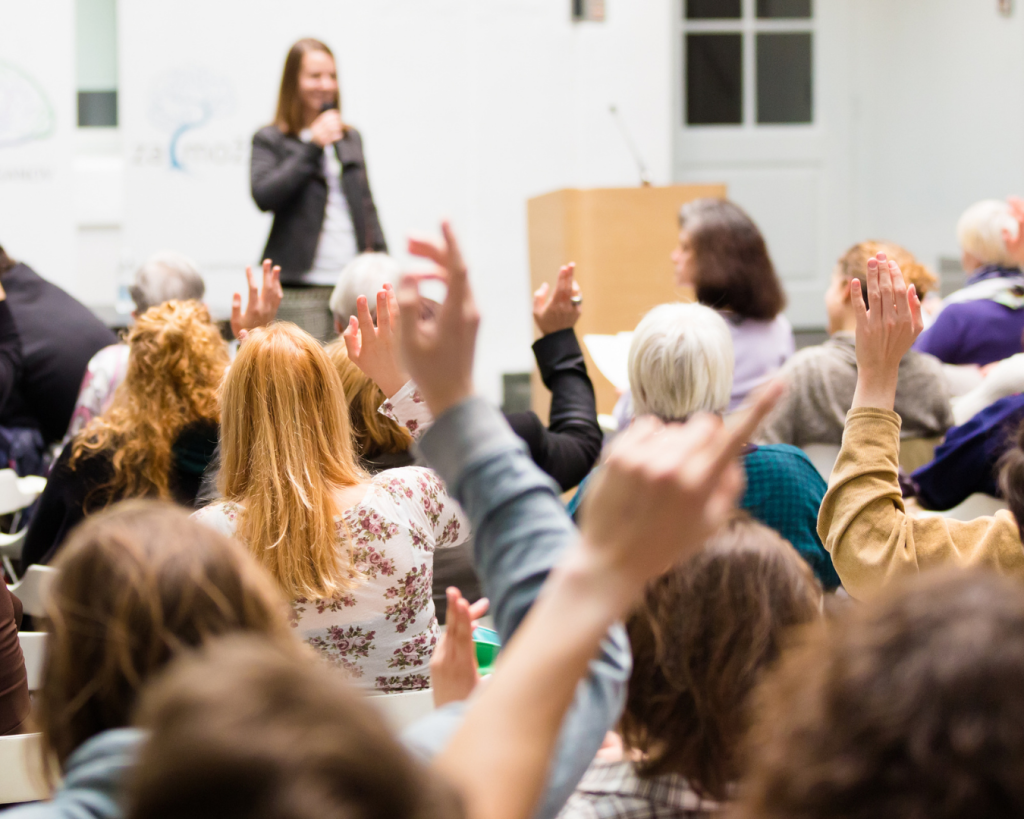
Most coaches and event hosts focus on filling seats first. But if you want the right people in the room—buyers, not browsers—you’ve got to start with your offer.
Here’s how to reverse-engineer your event marketing strategy so it attracts people who are already primed to say yes—and the fastest ways to double ticket sales without spending more on ads.

Pop in your email below, and we’ll zip it straight to your inbox so you never lose it!
Make sure to watch the video, honestly, I’m much better on video than writing and there’s great info on event conversion strategies in the video that we could not fit into the blog.
Start With the Offer, Not the Ad
The first step? Get crystal clear on the offer you’re going to make at your event.
Then ask yourself:
What are the 5–10 ultra-specific pain points this offer solves?
That’s your starting point. Because great event marketing doesn’t begin with hype—it begins with precision.
If you’ve ever studied Ogilvy (the godfather of direct response), you know the sequence:
First, the prospect is aware of their pain
Then they learn about general solutions
Then specific ones
Then your solution
Your marketing—from your first touchpoint to the day of the event—should follow that exact buyer journey.
When your workshop, webinar, or challenge is built around solving just one of those pain points, you naturally attract the right people. The ones who will resonate with your high-ticket program. The ones who are ready.
How to Fill More Seats—Fast
Now let’s talk about speed. If you’re trying to fill your event fast, here are three high-conversion tactics that have worked over and over again.
1. Run a “Bring a Friend” Campaign
Sounds simple, but when done well, this strategy can double your attendance.
Here’s how it works:
- Offer an incentive for ticket holders to bring a guest
- Make the prize meaningful (no AirPods—think VIP experience, coaching time, or event upgrades)
- Promote it like a contest
We’ve helped clients double their numbers with this alone—adding 300+ new attendees just through referrals.
And here’s the kicker: When someone brings a friend, their buy-in goes up. They split travel, they get hyped together, and when it’s time to buy the offer? It’s easier for both to say yes.
2. Just Pick Up the Phone
If someone attended a workshop, webinar, or challenge and didn’t buy a ticket, call them.
They already leaned in once. They already showed interest. Sometimes, all it takes is a real human conversation to build trust and close the gap.
Speed and simplicity still work—don’t overlook them.
3. Leverage JVs the Right Way
This is where most event hosts mess it up.
They let a JV partner (joint venture) speak on stage in exchange for emailing their list.
Seems like a good trade… but it’s not.
Here’s what happens:
- You give away stage time
- The speaker doesn’t align with your offer
- The event flow breaks
- Your conversions tank
Instead, have JVs support your workshops, webinars, or challenges. They’ll still make front-end money, and you keep the event clean, focused, and structured for sales.
If you want to put one or two JVs on stage, make it a competition. Whoever drives the most buyers gets the mic. Now you’ve got the best of both worlds: more ticket sales and motivated partners.
Final Takeaway: Structure First, Then Sell
Don’t start your marketing by asking, “How do I get more people to this event?”
Start by asking, “Who is the event really for—and what offer are they aligned with?”
Then use that offer to:
Create a pain-point-driven lead experience (workshop, webinar, or challenge)
Build momentum and trust through storytelling and social proof
Fill the room with buyers, not seat-fillers
And finally, get creative:
Run a Bring a Friend campaign
Pick up the phone
Structure your JV support around list growth, not stage time
Because when you start with strategy—not spray-and-pray marketing—you don’t just sell more tickets…
You fill the room with the right people—ready to buy.

